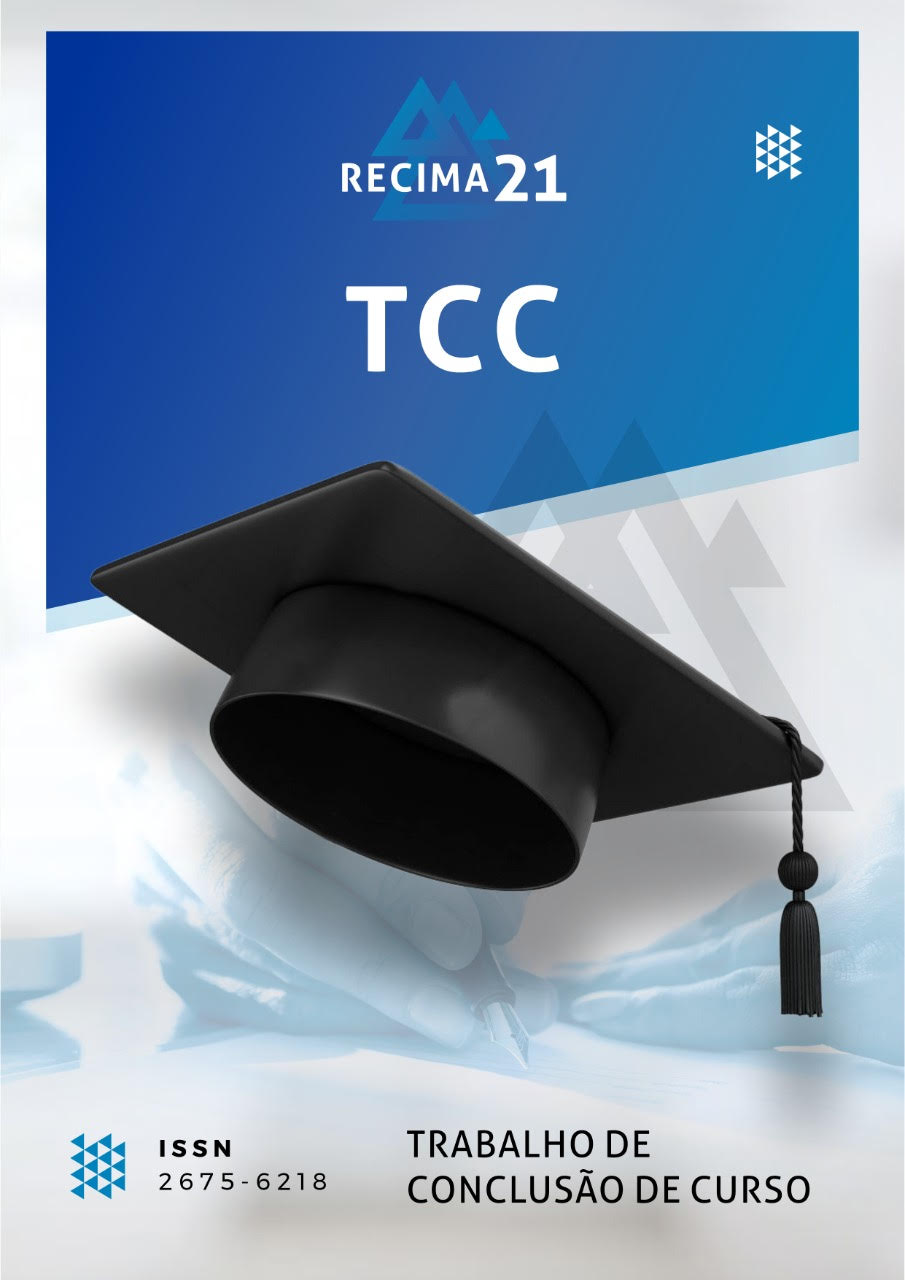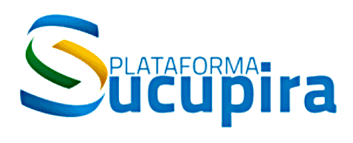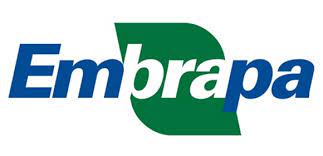THERMOCOAGULATION TREATMENT FOR OBSESSIVE-COMPULSIVE DISORDER AND DRUG DEPENDENCE SYNDROME: A CASE REPORT
DOI:
https://doi.org/10.47820/recima21.v6i1.6481Keywords:
Neurosurgery; Mental health; Obsessive-compulsive disorder.Abstract
In this case report, we describe the treatment through a stereotactic surgical procedure using thermocoagulation of a patient with refractory obsessive-compulsive disorder (OCD) and substance use disorder (SUD). The patient, a 37-year-old male, had a history of SUD, bipolar disorder, attention deficit hyperactivity disorder, and OCD resistant to conventional treatment. After surgery, in November 2022, with the aim of deactivating hyperactive brain regions associated with the symptoms, the patient showed no signs of withdrawal and reported a substantial improvement in his quality of life, including stopping cocaine use. These results indicate the effectiveness of neuroablation in this context, providing a promising therapeutic option for patients with refractory OCD and SUD as a comorbidity.
Downloads
References
1 World Health Organization. ICD-11: International Classification of Diseases for Mortality and Morbidity Statistics. 11th Revision. Geneva: World Health Organization; 2024.
2 Abreu P, Prada C. Relação entre os condicionamentos operante e respondente no transtorno obsessivo-compulsivo. Estud Psicol. 2005;22(03):225–232. DOI: https://doi.org/10.1590/S0103-166X2005000300001
3 Torres AR, Ramos-Cerqueira AT, Ferrão YA, Fontenelle LF, Rosário MC do Miguel EC. Suicidality in obsessive-compulsive disorder: prevalence and relation to symptom dimensions and comorbid conditions. J Clin Psychiatry. 2011;72(01):17–26. DOI: https://doi.org/10.4088/JCP.09m05651blu
4 American Psychiatric Association. Diagnostic and statistical manual of mental disorders: DSM-5™. 5th ed. Washington, DC: American Psychiatric Association; 2013. DOI: https://doi.org/10.1176/appi.books.9780890425596
5 Costa DLC, Diniz JB, Requena G, et al. Randomized, double-blind, placebo-controlled trial of N-acetylcysteine augmentation for treatment-resistant obsessive-compulsive disorder. J Clin Psychiatry. 201778(07):e766–e773. DOI: https://doi.org/10.4088/JCP.16m11101
6 De Crescenzo F. Ciabattini M, D'Alò GL, et al. Comparative efficacy and acceptability of psychosocial interventions for individuals with cocaine and amphetamine addiction: A systematic review and network meta-analysis. PLoS Med. 2018;15(12):e1002715. DOI: https://doi.org/10.1371/journal.pmed.1002715
7 Ducharme S, Price BH, Dougherty DD. Neurosurgical ablative procedures for psychiatric disorders. In: Camprodon JA, Rauch SL, Greenberg BD, Dougherty DD, editors. Psychiatric neurotherapeutics: contemporary surgical and device-based treatments. New York: Humana Press; 2016:117–139. DOI: https://doi.org/10.1007/978-1-59745-495-7_6
8 Guisolphi N, Bessa I, Silva L. Thermocoagulation treatment of a patient with obsessive compulsive disorder and substance use disorder: case report. Braz Neurosurg. 2022;41(02):e212–e216. DOI: https://doi.org/10.1055/s-0041-1740166
9 World Medical Association. World Medical Association Declaration of Helsinki: ethical principles for medical research involving human subjects. J Am Med Assoc. 2013;310(20):2191–2194. DOI: https://doi.org/10.1001/jama.2013.281053
10 Paula FDR, Prado MWX, Rovere LVV. Neurocirurgia psiquiátrica: a história de tratamento dos transtornos mentais por meio de cirurgia cerebral. Sictec 2023;24(09):1-5Yen C, Lin CL, Chiang MC. Exploring the frontiers of neuroimaging: a review of recent advances in understanding brain functioning and disorders. Life. 2023;13(07):1472. DOI: https://doi.org/10.3390/life13071472
11 Cabrera LY, Courchesne, C, Kiss ZHT, Illes J. Clinical perspectives on psychiatric neurosurgery. Stereotact Funct Neurosurg. 2019;97(05–06):391–398. DOI: https://doi.org/10.1159/000505080
12 Mustroph ML, Cosgrove GR, Williams ZM. The evolution of modern ablative surgery for the treatment of obsessive-compulsive and major depression disorders. Front Integr Neurosci. 2022;16:797533 DOI: https://doi.org/10.3389/fnint.2022.797533
13 Chang JG, Kim SJ, Kim CH. Neuroablative intervention for refractory obsessive-compulsive disorder. Psychiatry Investig. 2023;20(11):997–1006. DOI: https://doi.org/10.30773/pi.2023.0214
14 Lai Y, Wang T, Zhang C, et al. Effectiveness and safety of neuroablation for severe and treatment-resistant obsessive–compulsive disorder: a systematic review and meta-analysis. J Psychiatry Neurosci. 2020;45(05):356–369. DOI: https://doi.org/10.1503/jpn.190079
15 Kumar KK, Appelboom G, Lamsam L, et al. Comparative effectiveness of neuroablation and deep brain stimulation for treatment-resistant obsessive-compulsive disorder: a meta-analytic study. J Neurol Neurosurg Psychiatry. 2019;90(04):469–473. DOI: https://doi.org/10.1136/jnnp-2018-319318
16 Zhang C, Zhang Y, Li D, et al. Habenular stimulation for neurosurgery resistant obsessive-compulsive disorder: a case report. Front Psychiatry. 2020;11:29. DOI: https://doi.org/10.3389/fpsyt.2020.00029
Downloads
Published
Issue
Section
Categories
License
Copyright (c) 2025 RECIMA21 - Revista Científica Multidisciplinar - ISSN 2675-6218

This work is licensed under a Creative Commons Attribution 4.0 International License.
Os direitos autorais dos artigos/resenhas/TCCs publicados pertecem à revista RECIMA21, e seguem o padrão Creative Commons (CC BY 4.0), permitindo a cópia ou reprodução, desde que cite a fonte e respeite os direitos dos autores e contenham menção aos mesmos nos créditos. Toda e qualquer obra publicada na revista, seu conteúdo é de responsabilidade dos autores, cabendo a RECIMA21 apenas ser o veículo de divulgação, seguindo os padrões nacionais e internacionais de publicação.













